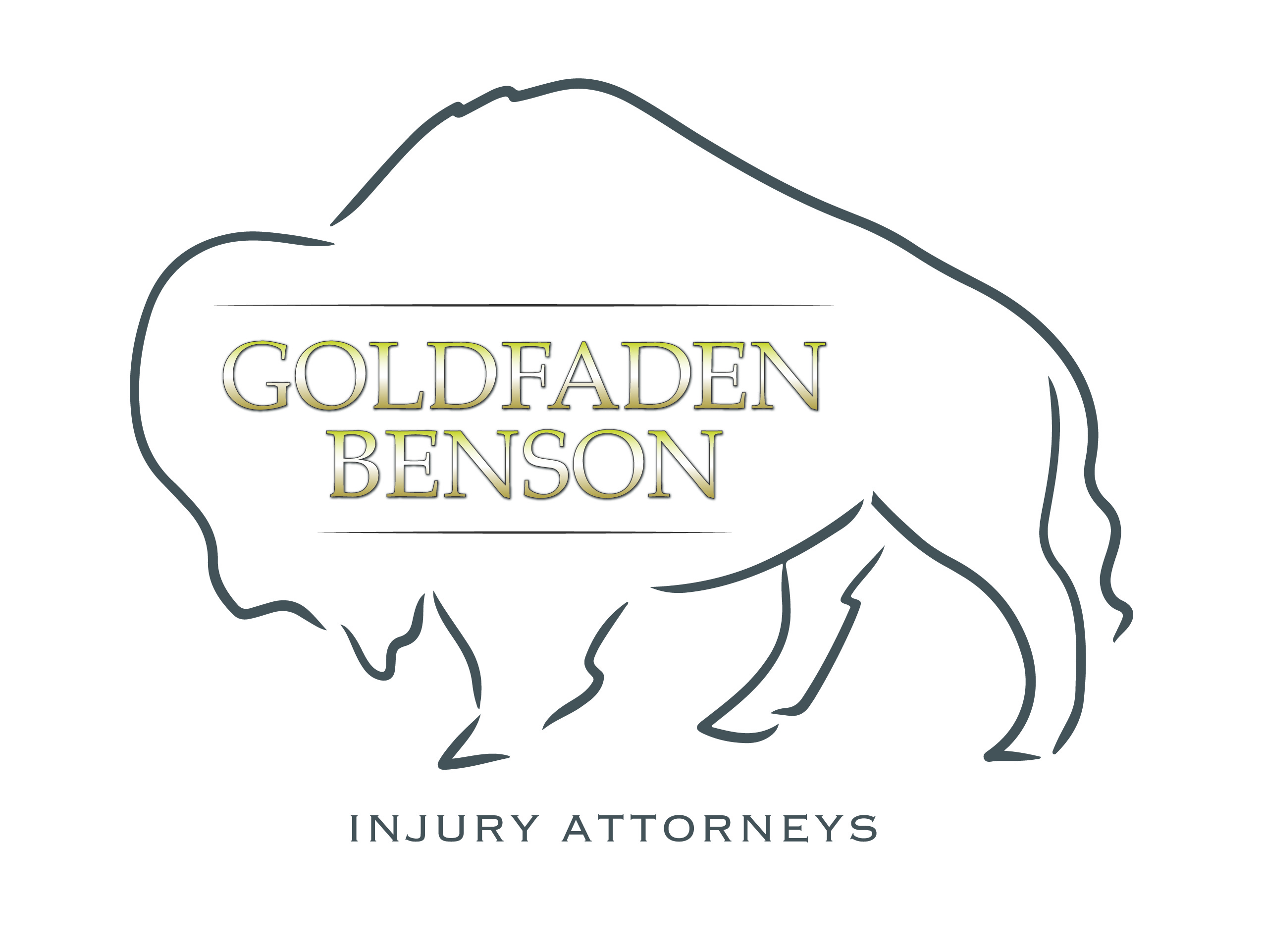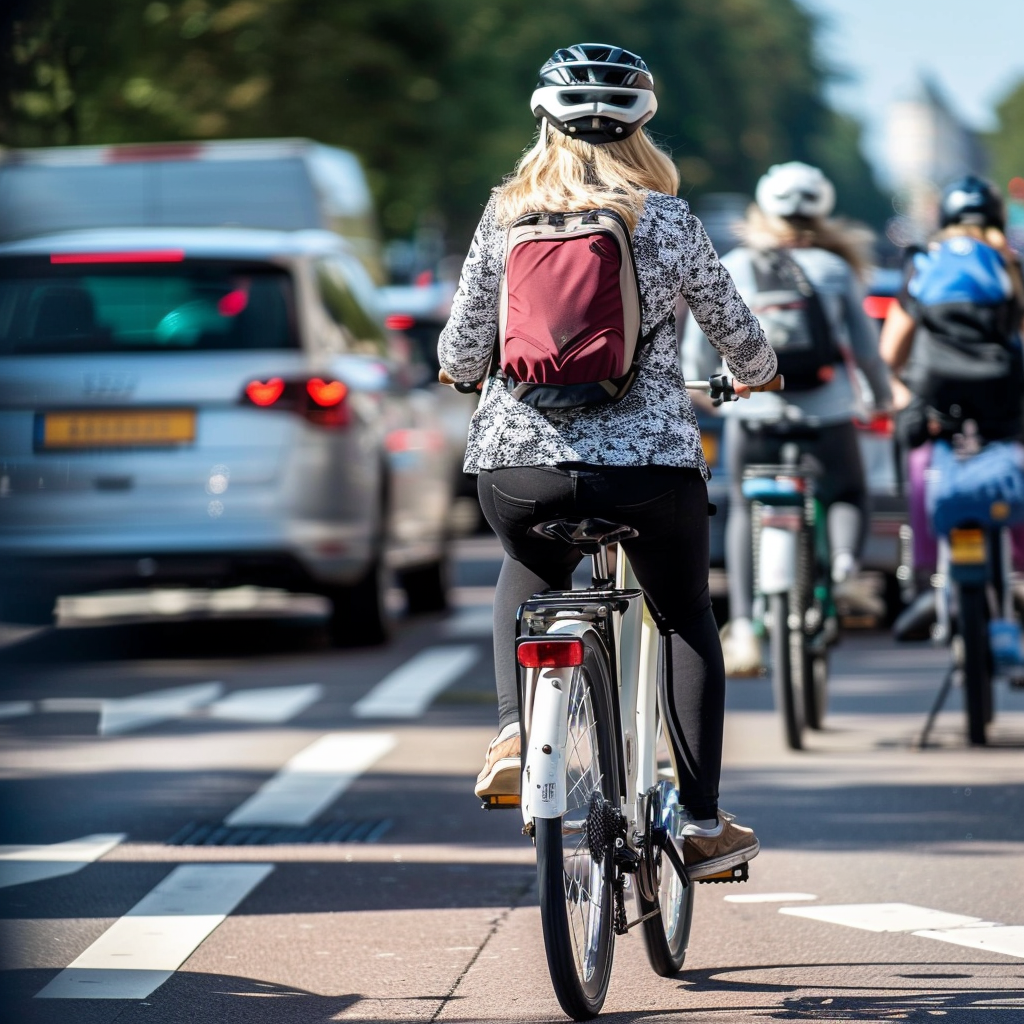Evaluating the Risks: How to Bike Safely in High-Traffic Areas to Prevent Accidents
Biking is not just a mode of transportation; it's a lifestyle. It's simple, eco-friendly, and can be great for your health. But biking in high-traffic areas isn't always a walk in the park. Therefore, some guidance on how to bike safley in high traffic areas can prevent avoidable accidents. There are numerous safety risks that need proper attention. In this article, we'll delve into some crucial cycling high-traffic safety tips and explore how to minimize the risks of accidents.
Understand the Basic Rules of the Road
Before you saddle up, it's crucial to familiarize yourself with traffic rules. Cyclists have similar responsibilities to drivers on the road. Make sure you are aware of stop signs, traffic lights, and road markings, maintained a reasonable speed and always signaled your intentions.
Embrace Biking High-Traffic Safety Measures
When venturing into high-traffic areas, you should:
- Always use cycle lanes where provided
- Keep a safe distance from vehicles
- Be mindful of large vehicles turning
- Wear highly visible clothing
- Use lights when cycling in low-light conditions
Government guide on cycling has more detailed safety tips that can help save lives.
Importance of Wearing the Right Gear
Your gear can be a lifesaver in an unexpected situation. Helmets can reduce the risk of serious head injuries by up to 85% according to the Insurance Institute for Highway Safety. Wearing easily noticeable clothing can also help other road users see you well in advance.
Know Your Legal Rights and Options
If you, unfortunately, get involved in an accident, it's essential to know your legal rights and steps to take. Accidents can happen even with great precaution, and in such situations, consulting with a legal professional like a bicycle accident attorney can make a significant difference in the outcome.
Conclusion
Biking in high-traffic areas can be a daunting task. Nonetheless, understanding and practicing cycling high-traffic safety rules can significantly minimize risks. Never underestimate the importance of protective gear, and in unfortunate circumstances of an accident, remember you have legal rights and options.
If you or a loved one are involved in an accident and require legal advice, don't hesitate to reach out to us at Goldfaden Benson. You can contact us anytime, we are more than ready to help you navigate your options.
FAQs
1. Is it necessary to wear a helmet while cycling?
Yes. Helmets can drastically reduce the risk of serious head injuries. It's also required by law in many areas.
2. Is it safe to cycle in high-traffic areas?
Cycling in high-traffic areas can be safe if you adhere to safety measures, traffic rules, and wear the correct gear.
3. What do I do if I have an accident while cycling?
If you are involved in an accident, try to document what happened, get eyewitness accounts, and consult with a bicycle accident attorney.
4. What are my legal rights if I’m involved in a cycling accident?
Your legal options will depend on the specifics of the accident. You may be entitled to compensation for medical bills, pain and suffering, and loss of income.
5. How can Goldfaden Benson help me if I'm involved in a cycling accident?
At Goldfaden Benson, we offer expert advice and representation for victims of cycling accidents. We will advocate for your rights and strive to get the best possible outcome for your case. You can contact us for a free consultation.







